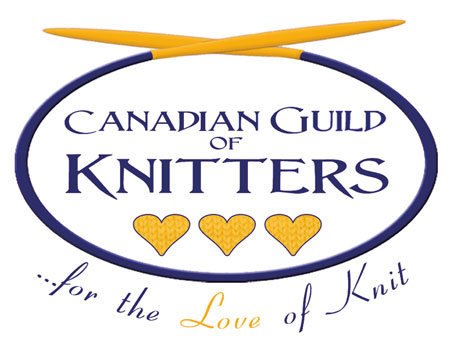Knitting
Measuring Tension
Knit Together with Cynthia MacDougall
You hear it time after time: tension in knitting is important. Tension is important, but it is only important if a knitter wants a knitted item to fit well – and who doesn’t want that?
I think the reason a lot of knitters dislike tension is because it requires additional tools and some use of mathematics. However, a ruler and pins are must-haves in every knitter’s tool kit, so that shouldn’t be an issue. The math is simple math, not calculus, so that shouldn’t be a concern, either.
Simply stated, the tension determines how closely the finished garment will match the pattern to the designer’s original creation. If the knitter’s tension differs from the designer’s plan, then the knitter’s end result will vary from the original design.
Normally, pattern tension is given over four inches, or ten centimetres. In order to get accurate measurements, it is better to knit the tension swatch wider than this, as edge stitches can skew the results, and some stitch patterns, like stocking stitch, have a tendency to curl. Adding a border to encourage the swatch to lay flat makes it easier to do the measuring later. Sometimes it is a good idea to measure tension in several places and determine the average tension. A larger swatch makes it possible to do this.
Because tension can differ from one needle style to another, wherever possible, use the same style of needle to make your tension swatch as you will use to make the garment. If you will be knitting on double pointed needles, make a circular swatch using those needles; if you are going to use bamboo needles to make a sweater, use bamboo needles to make the tension swatch.
Read more in our Fall 2012 issue.
Article by Cynthia MacDougall
www.CGKnitters.ca
blog: cgknitters.blogspot.com
ravelry name: macknitnow


